GUEST BLOGGER MÉLINA MANGAL
Birds Sing Their Words is the first in the nature-based Outside Our Window series of board books. Written for our youngest readers, the stories center around 4-year-old Kamali and her 3-year-old cousin Josiah as they explore the different elements of nature from their window and then out into their city neighborhood. Many kids live in urban areas, where nature’s presence may not at first be obvious. Focusing on urban spaces, Birds Sing Their Words highlights the sounds of nature and the ways young readers can engage with nature in a positive way, no matter where they live. As readers will see, nature is everywhere, not just in faraway forests. Humans are part of nature too.
Sounds of nature = communication
Observing birds provides students a great way to get close to nature. Whether we see birds flying through the sky, or hear them singing in the morning, birds can be easily observed and appreciated.
For this activity, students will listen closely to bird sounds, then create a Sound Map. Focusing on the sounds that birds make allows students to understand the similarities and differences between human communication. This activity also highlights “the relationship between the needs of different animals (including humans).”* Creating a sound map also presents a model of information that can provide a “solution that reduces the impact of humans on other living things in the local environment.”**
Preparation
Before reading the story, ask:
- How do we communicate with each other?
- How do birds communicate with each other?
Read Birds Sing Their Words aloud. Make sure to also read “A Note to Caregivers,” “Connecting to Birds,” “Communicating Together,” and the “Sound Stroll” sections at the end of the book to familiarize yourself with the questions and activities.
Ask students to pay particular attention to how the birds communicate with each other. Have the students make the bird songs with you.
After the read-aloud, ask students the questions found in the “Communicating Together,” section.
Directions: Make a sound map
Materials
- A clipboard for writing outside
- Stiff paper, card stock, or recycled cardboard
- A choice of crayons, markers, or colored pencils
- Alternatively, individual whiteboards and dry erase markers could be used
Take the “Sound Stroll” together, using the questions from that section of the book.
When done, find a spot to stop and just listen. Listen for at least 5 minutes, not talking or moving.
Using the paper on the clipboard, or the white board, have students draw themselves at the center of the map. Next, have students draw the sounds they hear. Depending on age and ability level, students could draw the source of the sounds instead, or do both. What’s most important is focusing on listening and trying to capture the sound, however they are able. Add all sounds, everything from birds calling, water rushing, cars driving by, friends calling out to each other, dogs barking, etc. Label the map as precisely as possible, using active, detailed verbs: such as: robins cheering, music booming, neighbors laughing, alarms ringing. Allow students to really take their time, focusing on the myriad sounds around them.
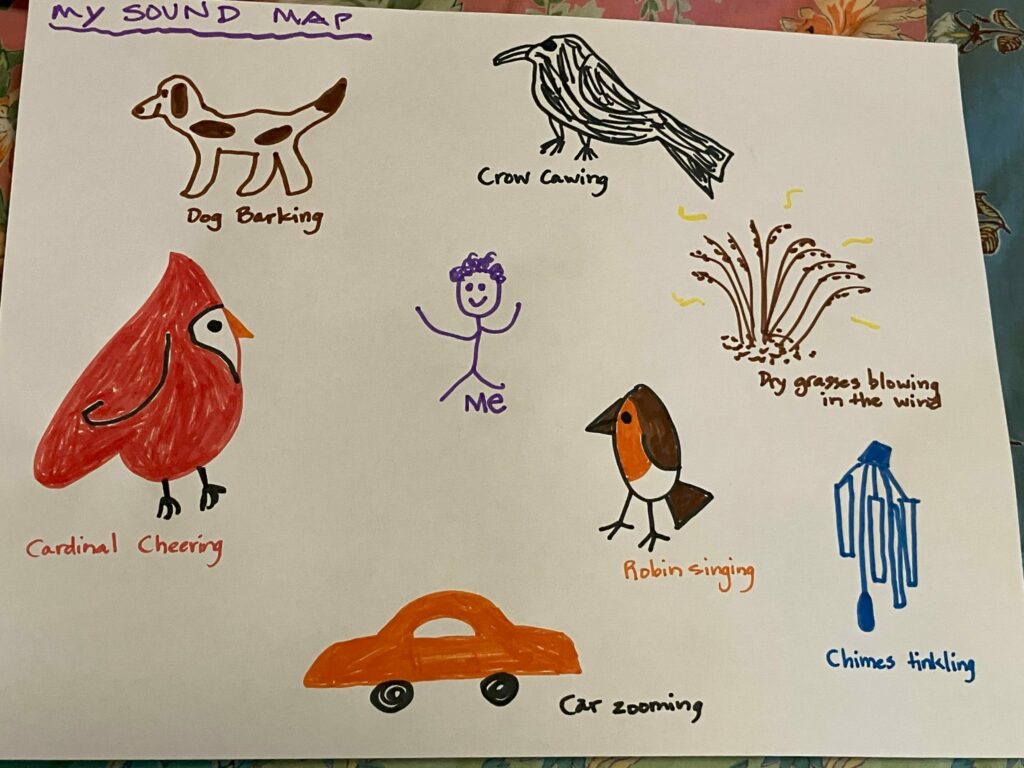
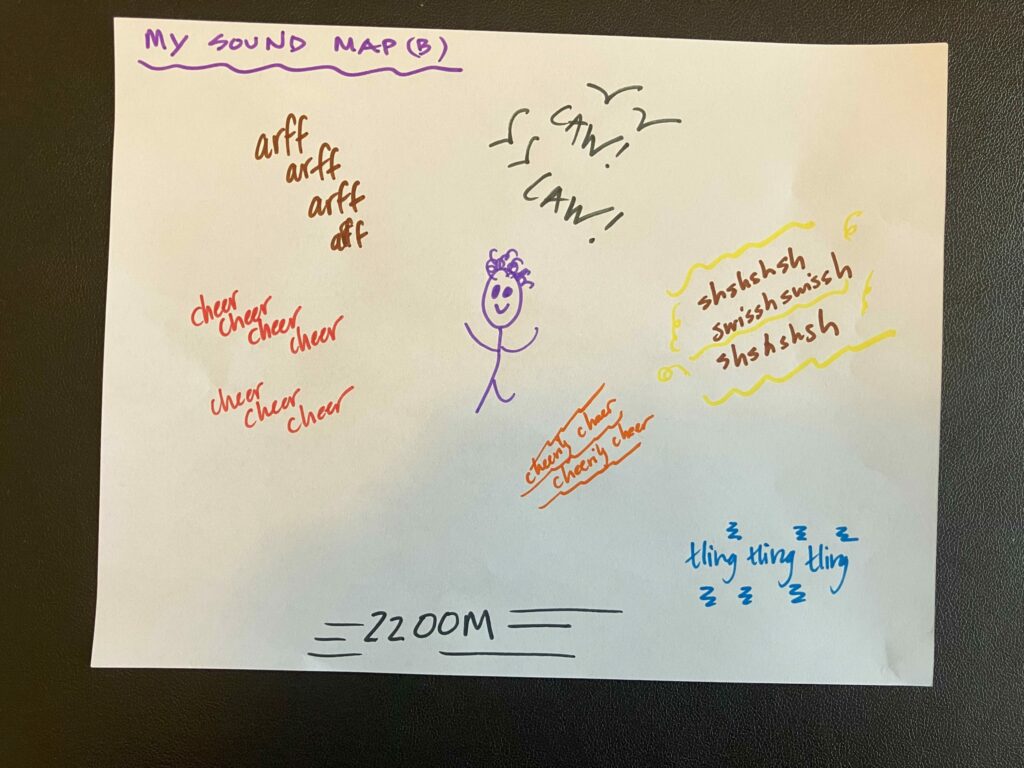
Sharing
When done, have students share their maps, discussing what they heard, what they drew and how similar and/or different their maps are. Discuss which sounds are nature made—including human voices (we’re part of nature too!) and which sounds are human made, like cars or airplanes flying overhead. Discuss which sounds were louder, which sounds were easier to hear, and which sounds were more frequent. Ask students why, and then discuss what role we humans play. Ask them how we can help allow more birds to be heard and letting elements of nature exist.
Sound maps are like an auditory snap shot. This activity can be repeated in different locations, or done as frequently as once a week in the same spot to determine how the landscape can change, or how it can sound differently depending on season or time of day. Creating sound maps allows students to take time out to listen to bird calls and to appreciate other sounds of nature, whether we can see the sound makers or not. Sound maps remind us of the importance to preserving and protecting the other species of life all around us.
Additional resources
- Common Core Standards Alignment: CCSS.ELA-LITERACY.CCRA.R.7
- Next Generation Science Standards (NGSS) Alignment:
- *K-ESS3-1 Earth and Human Activity: Use a model to represent the relationship between the needs of different plants or animals (including humans) and the places they live
- **K-ESS3-3 Earth and Human Activity: Solutions that will reduce the impact of humans on the land, water, air and/or other living things in the local environment
- Cornell Lab of Ornithology https://www.allaboutbirds.org/guide/
Featured image credit: “A blackbird sings” by ☺ Lee J Haywood is licensed under CC BY-SA 2.0.
Mélina Mangal writes picture books, biographies, and short stories that focus on connections with nature and culture. She is the author of The Vast Wonder of the World: Biologist Ernest Everett Just, winner of the Carter G. Woodson Award, Jayden’s Impossible Garden, named One of the Best Children’s Books of the Year by Bank Street Center for Children’s Literature, and the sequel, Jayden’s Secret Ingredient. She is the author of the nature-based board book series Outside Our Window. Website Facebook Instagram Bookshop.org


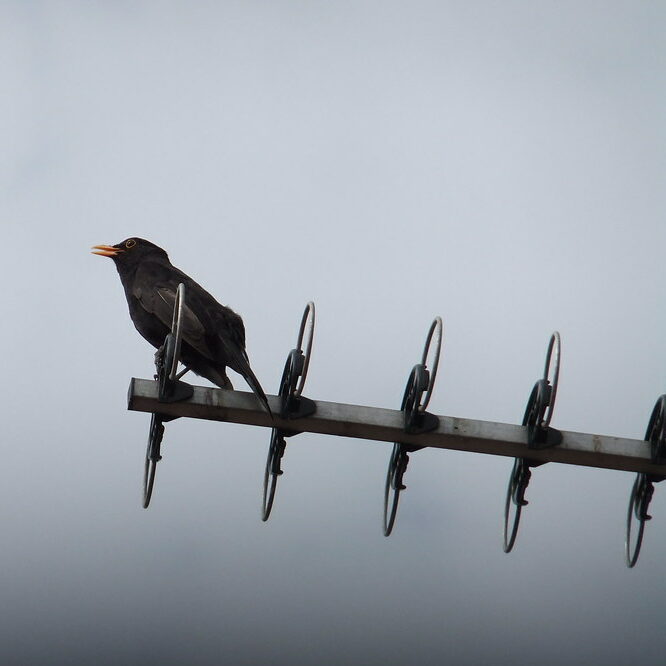

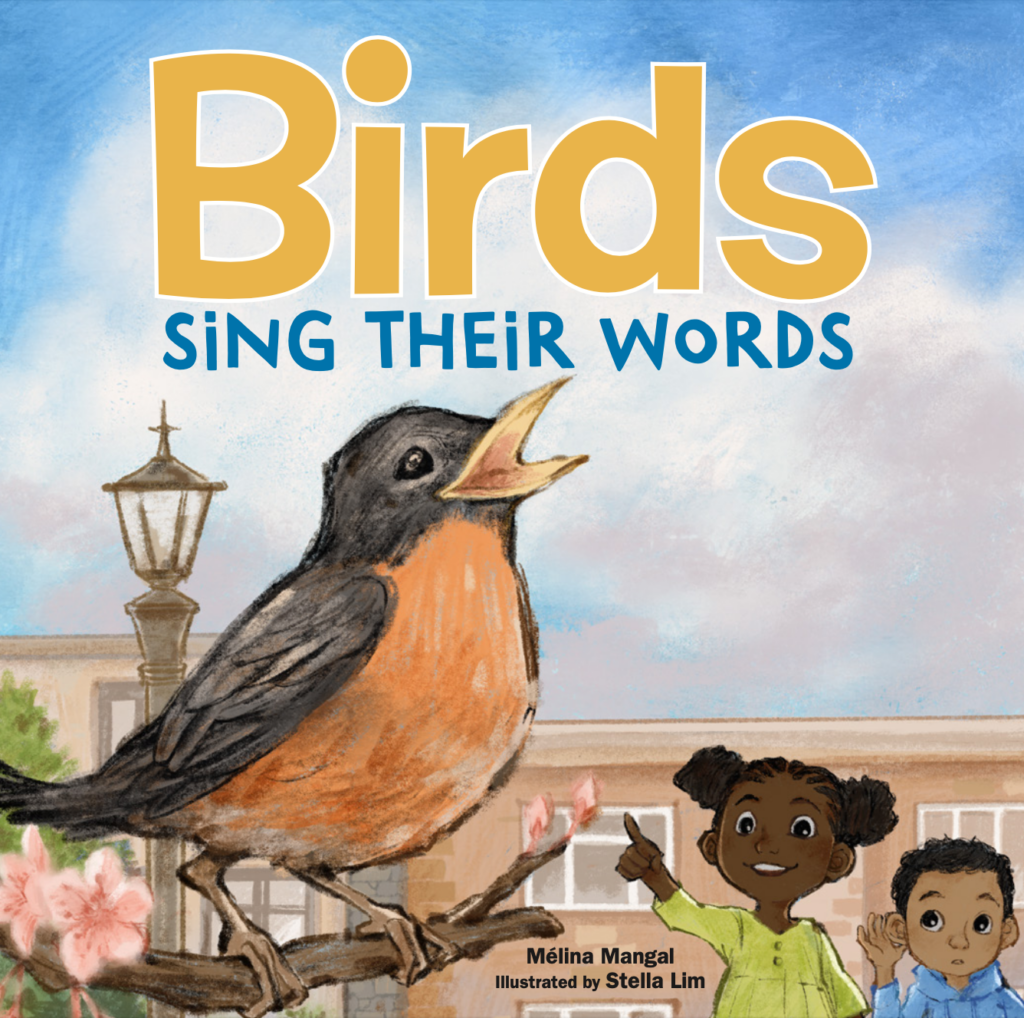

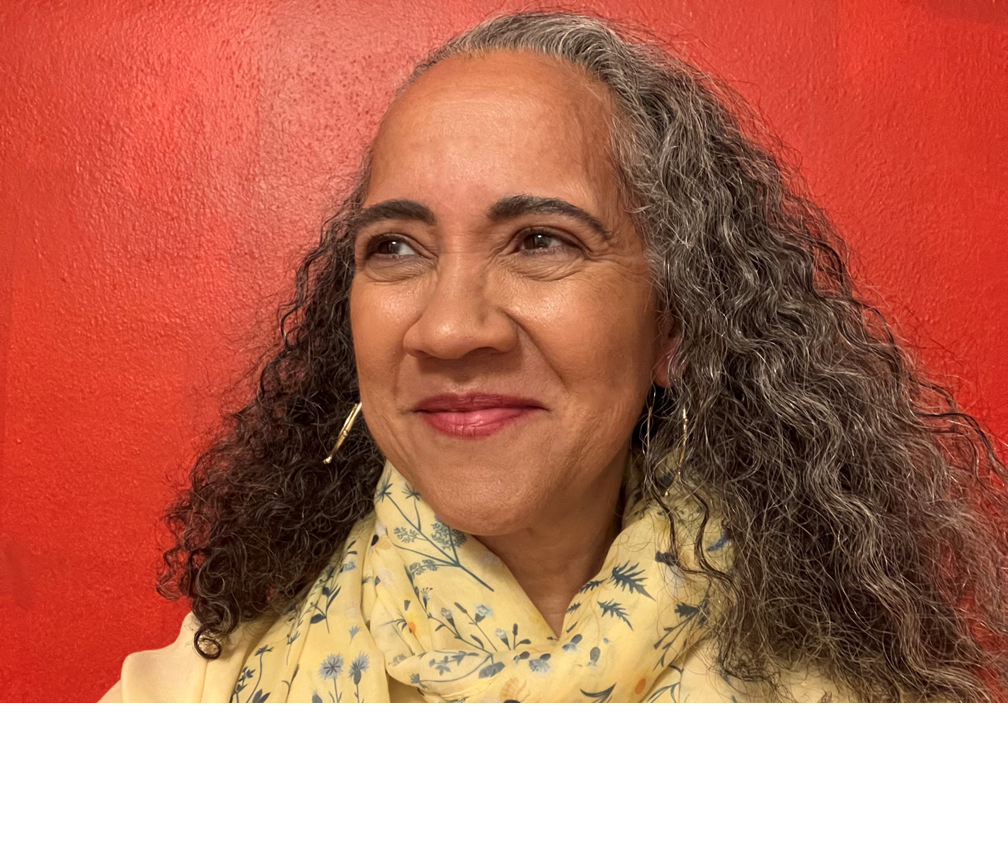
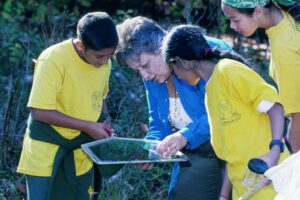
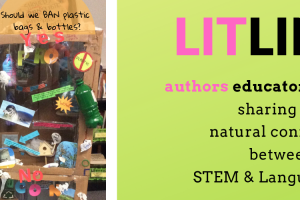



Leave a Reply
Your email is safe with me.